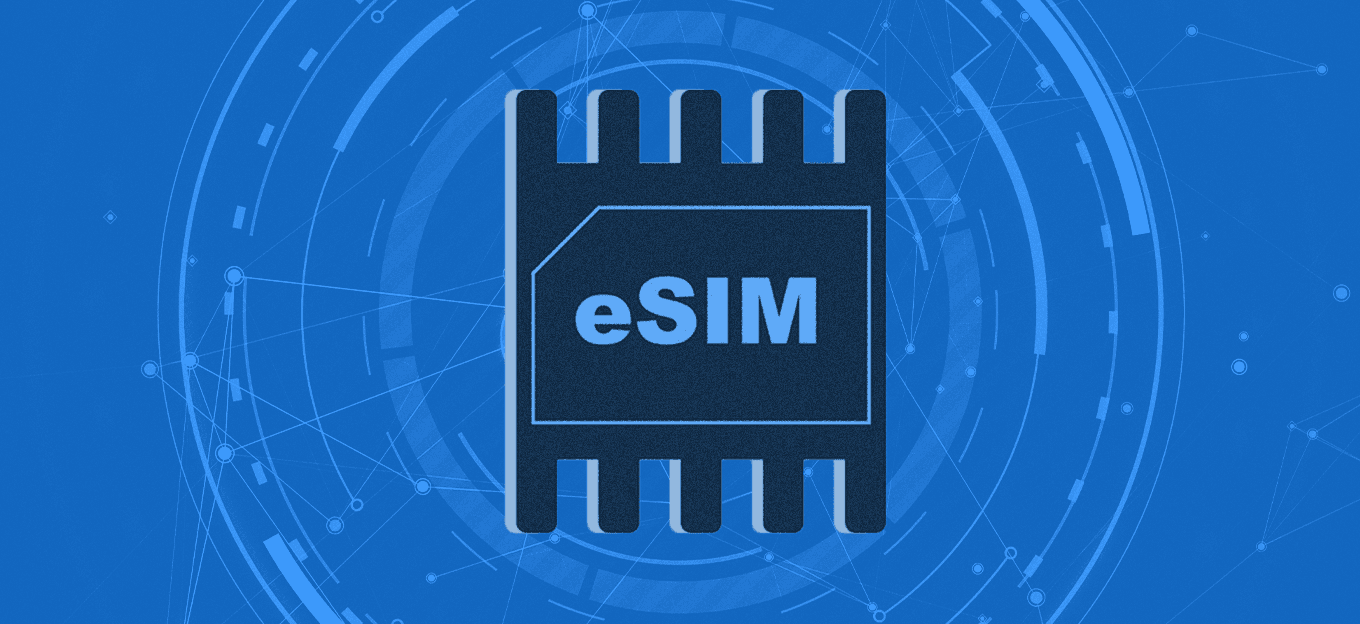Misconceptions About eSIMS for IoT: Dispelling the Top 3 Myths
Misconceptions About eSIMS for IoT: Dispelling the Top 3 Myths
- Last Updated: December 2, 2024
Aeris
- Last Updated: December 2, 2024



Embedded SIM, or eSIM, has the potential to completely revolutionize large IoT deployments that move between cellular carrier regions around the globe. The distinguishing characteristic of eSIM that makes it so advantageous to the IoT manufacturer is that it can support multiple profiles, thus eliminating the need to install different SIM cards depending on where the IoT devices are deployed. Instead of roaming, the eSIM has a pre-installed profile to enable cellular connectivity to the preferred carrier that operates in a new region. Unfortunately, several myths and misconceptions about eSIM prevent this new technology from living up to its potential. It’s easy to think of new technologies like eSIM as a magic bullet, or something that is just going to solve a connectivity issue. While eSIM should provide a seamless experience when it comes to using multiple carriers, it may require more effort up front than traditional SIM technology to make it all work. Here are the three most common misconceptions about eSIMs for IoT.
While eSIM should provide a seamless experience when it comes to using multiple carriers, it may require more effort up front than traditional SIM technology to make it all work.
Misconception One: Profile Downloading at Scale Is Manageable and Can Be Completed Ad Hoc From the Field
While it may be simple to execute a single profile download for a single device when this operation is repeated hundreds and thousands of times in the field, the potential for failure and inconsistency increases dramatically due to variables such as cellular coverage. Those IoT devices that fail during this process may require costly and labor-intensive assistance.
Ideally, companies take the time to download all necessary eSIM profiles before deploying their IoT devices so that they automatically switch profiles when traveling between regions. When preloaded profiles must be replaced, new profiles should be carefully selected to prevent a vicious cycle of downtime.
Fortunately, a competent IoT connectivity partner can help you avoid this problem by preplanning and preloading the appropriate profiles before deployment.
For misconception number one, our recommended best practices are summarized below:
| Real-World Challenges with eSIM for IoT | Recommended Best Practices |
| Complex processes required large scale profile downloads | Eliminate download failure risks with pre-installed profiles |
| Complex processes will result in high failure rates | Start with target profiles up-front to speed up deployment in key markets |
| Challenges increase with limited bandwidth IoT networks & battery-powered IoT devices | Optimize profile selection with built-in network intelligence |
Misconception Two: eSIMs Eliminate Connectivity Risks for Deployments
Think of eSIM technology as an enablement tool rather than a stand-alone solution. There is currently no way to guarantee 100 percent connectivity, and simply adding every new profile on the market only clutters an eSIM.
While eSIM may make IoT deployment more robust down the line, the significant risk still exists at the profile download stage. Profile additions are operationally complex. Other variables such as budget, time constraints, and your network provider’s negotiations with carriers will also impact the success of your eSIM strategy.
Management, build, environment, and scalability must be perfectly synchronized in order to maximize the global connectivity of your deployment. No matter how sophisticated your eSIMs are, they are only as good as the chosen carrier network. An experienced IoT connectivity partner can help guide you through the design, selection, and deployment process to help minimize technological, operational, and business risks.
For misconception number two, our recommended best practices are summarized below:
| Real-World Challenges with eSIM for IoT | Recommended Best Practices |
| IoT deployments have different needs than consumer devices | De-risk initial deployments with targeted profiles for specific deployment locations |
| eSIM technology enables future flexibility but doesn’t guarantee it | Ensure required profiles are available at launch |
| Mass availability of profiles to a given IoT eSIM is not scalable | Ensure connectivity partner has the ability to minimize future challenges of adding new profiles |
Misconception Three: Profile Management Is Something a Business Can Do on Its Own
Enterprise IoT and eSIM management are very different from consumer eSIM management. Negotiating directly with multiple cellular providers is cost-prohibitive and too time-consuming for most organizations that require cellular IoT connectivity. Additionally, most organizations need some technical assistance with network connectivity, because this is typically an area that is outside their domain of expertise.
Rather than managing so many responsibilities in-house, companies should consider partnering with an experienced IoT connectivity provider who can manage carrier relations, secure the profiles, and provide technical assistance for the integration and deployment of eSIM.
Partnering with an intelligent network the time, money, and other hidden technical headaches that are associated with the adoption of eSIM technology.
A network partner can also ensure the security of your deployment, manage eSIMs as a single device rather than multiple subscriptions, and leverage network intelligence to ensure that eSIMs automatically switch profiles as they travel between different carrier regions.
For misconception number three, our recommended best practices are summarized below:
| Real-World Challenges with eSIM for IoT | Recommended Best Practices |
| “Swivel-chair” operational challenge of multiple profiles | Prioritize operational and security processes |
| Complex operational environments increase costs | Ensure eSIMS are managed as a single device and not as multiple subscriptions |
| Scalable security is essential | Leverage intelligence at the network & platform level to automate profile selection and enable scale |
The Most Comprehensive IoT Newsletter for Enterprises
Showcasing the highest-quality content, resources, news, and insights from the world of the Internet of Things. Subscribe to remain informed and up-to-date.
New Podcast Episode

Moving Past the Pilot Phase in IoT and AI
Related Articles





